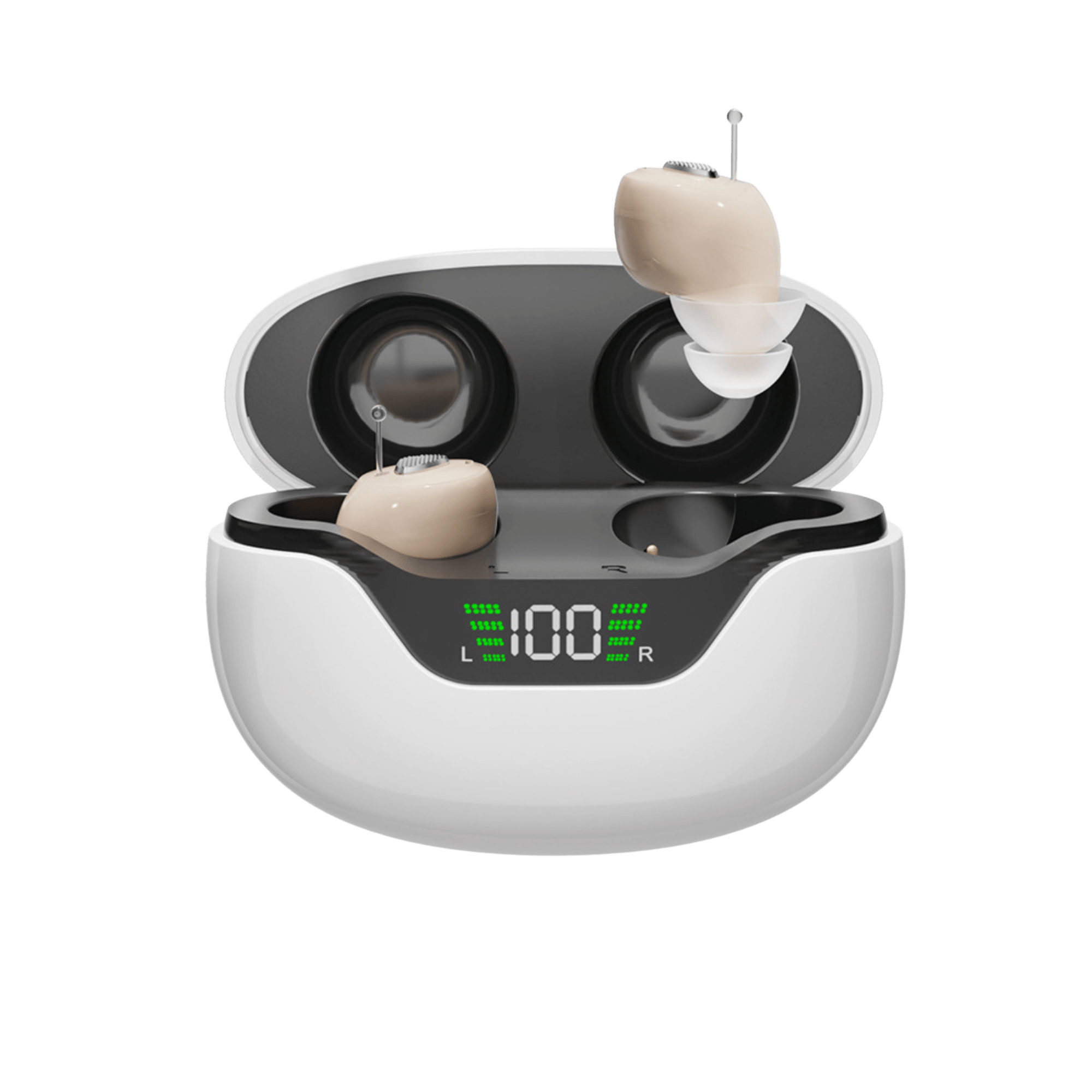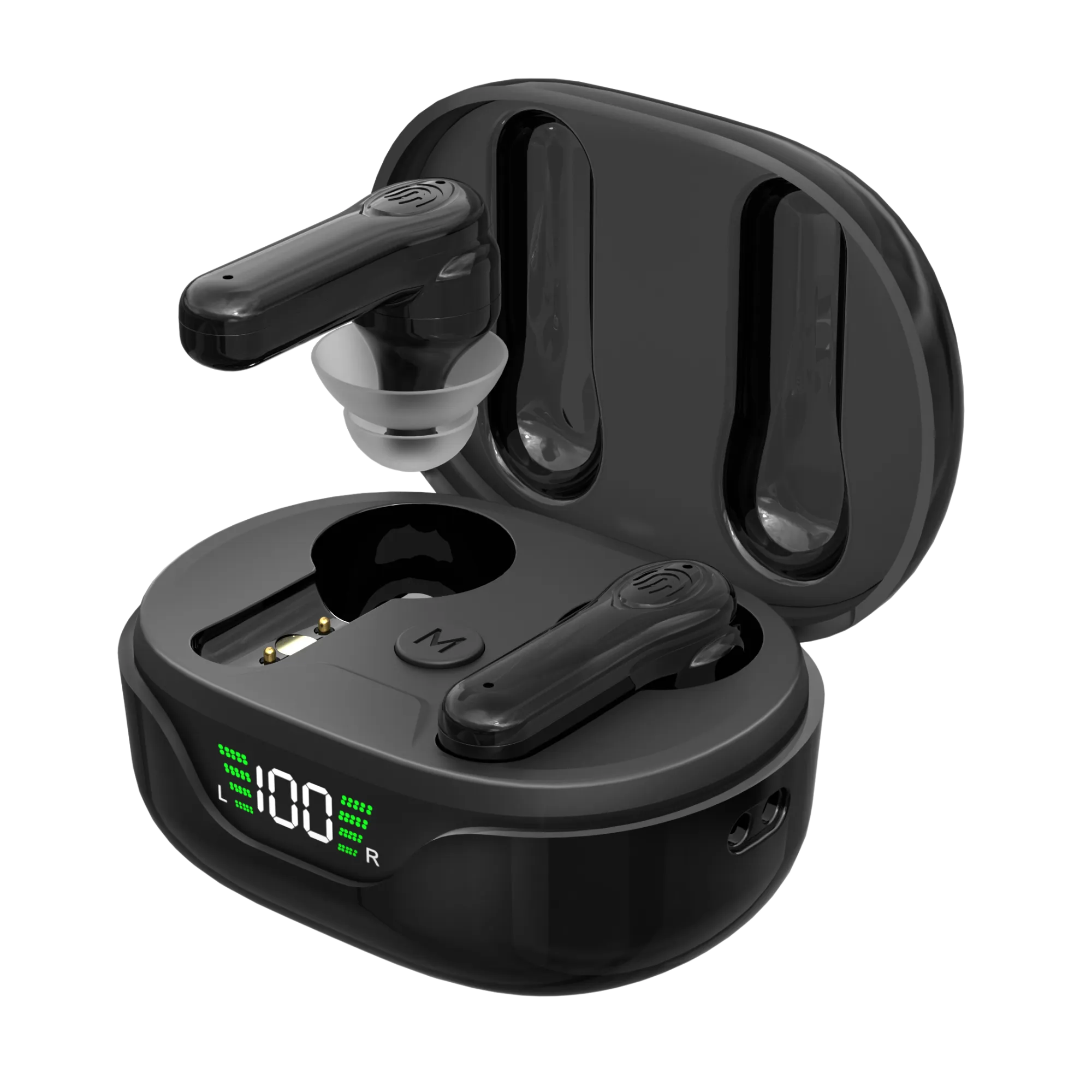Introduction
It is a crucial step toward enhancing one's quality of life to make the financial investment in hearing aids. Nevertheless, it is essential to know how these medical equipment are paid by insurance and Medicare, as well as how to perform problem-solving procedures in the event that complications emerge along the way. In this post, we'll dissect these subjects in order to help you through the process of purchasing a hearing aid.
Hearing Aids: Are They Covered by Medicare?
Hearing aids are only partially covered by Medicare, the government health insurance program for persons who are 65 or older. Hearing aids and routine hearing examinations are not covered by Medicare Parts A and B, the traditional components of Medicare. Although supplemental coverage for hearing aids may be included in certain Medicare Advantage plans (Part C), the extent to which this coverage is included varies greatly from one plan to the next. It is essential to verify with your particular plan in order to obtain clarification on the hearing treatments and equipment that are covered.
How to Make Your Way Through the Insurance Maze for Hearing Aids
Hearing aids are covered by insurance in a variety of different ways, depending on the plan and the state. Hearing aid coverage is only required to be provided by commercial insurance companies in some areas, while other states do not require this coverage. Coverage can also vary depending on the particular insurance provider and the policy that is purchased.
Get in touch with your service provider if you want to learn whether or not your insurance covers hearing aids. Check both the level of coverage (does it pay for the entire cost of the hearing aids or only a portion of it?) and the exclusions that may apply. and the regularity with which the coverage is provided (How frequently will they provide coverage for new hearing aids?).
Hearing Aids: Troubleshooting Tips From the Professionals
When you finally get your hearing aids, it is extremely important to check that they are functioning properly. The following is a list of suggestions made by experts for resolving frequent issues:
that there is no sound or only a faint one, check to see that the device is turned on, the volume is adjusted correctly, and the battery is properly inserted and has not been depleted. Also, check the earpiece to see if it has any obstructions, such as wax or debris.
The problem might be caused by an inappropriate fit if there is whistling or feedback noise. Consult your audiologist for adjustment. Regular cleaning may help avoid the accumulation of wax, which can lead to feedback if it's not removed.
Sound that is distorted or that comes and goes intermittently is one of the symptoms that might point to a fading battery. If replacing the battery does not resolve the issue, your hearing aid may require the attention of a trained specialist.
Hearing aids that do not fit properly might result in discomfort and soreness for the wearer. Your audiologist may suggest a new style or make adjustments to the fit of your hearing aids.
Keep in mind that you should never try to fix your hearing aids with tools that you have at home. In the case that the issue continues, you should always seek the assistance of a specialist in order to prevent any more harm to the gadget.
Conclusion
idea your coverage choices and having a basic idea of how to troubleshoot issues may make the process of using hearing aids much more manageable, despite the fact that using hearing aids may appear like an overwhelming endeavor. To ensure that the decisions you make regarding your hearing health are the best informed possible, you should seek the advice of specialists, conduct research, and ask questions. Hearing aids are more than simply equipment; they are vital instruments that may significantly improve one's quality of life.
It is a crucial step toward enhancing one's quality of life to make the financial investment in hearing aids. Nevertheless, it is essential to know how these medical equipment are paid by insurance and Medicare, as well as how to perform problem-solving procedures in the event that complications emerge along the way. In this post, we'll dissect these subjects in order to help you through the process of purchasing a hearing aid.
Hearing Aids: Are They Covered by Medicare?
Hearing aids are only partially covered by Medicare, the government health insurance program for persons who are 65 or older. Hearing aids and routine hearing examinations are not covered by Medicare Parts A and B, the traditional components of Medicare. Although supplemental coverage for hearing aids may be included in certain Medicare Advantage plans (Part C), the extent to which this coverage is included varies greatly from one plan to the next. It is essential to verify with your particular plan in order to obtain clarification on the hearing treatments and equipment that are covered.
How to Make Your Way Through the Insurance Maze for Hearing Aids
Hearing aids are covered by insurance in a variety of different ways, depending on the plan and the state. Hearing aid coverage is only required to be provided by commercial insurance companies in some areas, while other states do not require this coverage. Coverage can also vary depending on the particular insurance provider and the policy that is purchased.
Get in touch with your service provider if you want to learn whether or not your insurance covers hearing aids. Check both the level of coverage (does it pay for the entire cost of the hearing aids or only a portion of it?) and the exclusions that may apply. and the regularity with which the coverage is provided (How frequently will they provide coverage for new hearing aids?).
Hearing Aids: Troubleshooting Tips From the Professionals
When you finally get your hearing aids, it is extremely important to check that they are functioning properly. The following is a list of suggestions made by experts for resolving frequent issues:
that there is no sound or only a faint one, check to see that the device is turned on, the volume is adjusted correctly, and the battery is properly inserted and has not been depleted. Also, check the earpiece to see if it has any obstructions, such as wax or debris.
The problem might be caused by an inappropriate fit if there is whistling or feedback noise. Consult your audiologist for adjustment. Regular cleaning may help avoid the accumulation of wax, which can lead to feedback if it's not removed.
Sound that is distorted or that comes and goes intermittently is one of the symptoms that might point to a fading battery. If replacing the battery does not resolve the issue, your hearing aid may require the attention of a trained specialist.
Hearing aids that do not fit properly might result in discomfort and soreness for the wearer. Your audiologist may suggest a new style or make adjustments to the fit of your hearing aids.
Keep in mind that you should never try to fix your hearing aids with tools that you have at home. In the case that the issue continues, you should always seek the assistance of a specialist in order to prevent any more harm to the gadget.
Conclusion
idea your coverage choices and having a basic idea of how to troubleshoot issues may make the process of using hearing aids much more manageable, despite the fact that using hearing aids may appear like an overwhelming endeavor. To ensure that the decisions you make regarding your hearing health are the best informed possible, you should seek the advice of specialists, conduct research, and ask questions. Hearing aids are more than simply equipment; they are vital instruments that may significantly improve one's quality of life.





